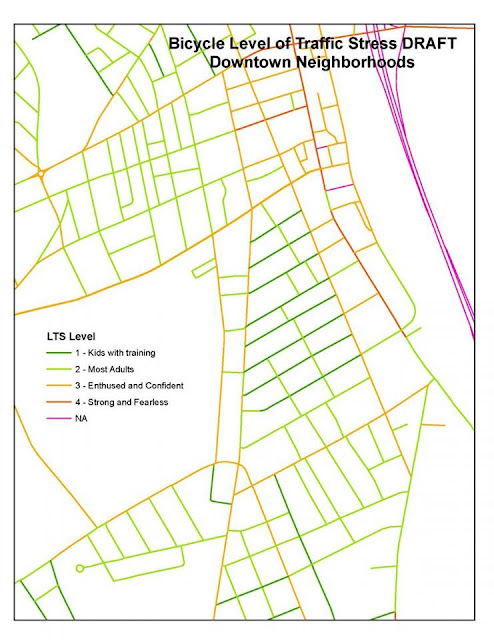When it comes to biking and walking, how does
Florida stack up? A new report from theAlliance for Biking & Walking puts local and state efforts in perspective in Bicycling and Walking in the United States: 2016 Benchmarking Report.
The broad trend is clear: Walking and biking are on the rise across the United States. Active
transportation has broken through into the
mainstream conversation and been embraced by powerful stakeholders. But the real story is far more complex than a single trend line — or simple narrative.
Our transportation choices are significantly impacted by a wealth of different factors —
from gender to income to available infrastructure — and a new report from the Alliance for Biking & Walking illuminates these often overlooked indicators that shape American mobility.
Bicycling and Walking in the United States: 2016 Benchmarking Report collects and
analyzes data from all 50 states, the 50 most populous U.S. cities, and 18 additional cities
of various sizes. The report traces the rise of walking and biking and explores the intricate
intersections between transportation, health, economics, equity, government funding,
advocacy efforts — and so much more.
So where does Florida stand?
First the bad news:
Walking
● 39 pedestrian fatalities per 10,000 pedestrians in Florida (highest of all 50 states)
● 1.5% of commuters in Florida walk to work, behind the national average of 2.8%. Jacksonville is last among the 50 most populous cities at 1.2%
Biking
● 4% of all traffic fatalities in Florida are bicyclists (highest of all 50 states)
(Mississippi is highest at 41 in the number of bicyclist fatalities per 10,000 bicyclists,
Florida is at 23)
Better news:
● 0.7% of commuters bike to work, slightly higher than the national average of 0.6%
● $2.98 in per capita funding in Florida for biking and walking projects, higher than the national average of $2.47. This is great for local jobs:
Also bicycling and bike share are good for businesses:
Read the full report here and follow @BikeWalk and #BikeWalk16 on Twitter for ongoing
conversation about the Benchmarking Report!










